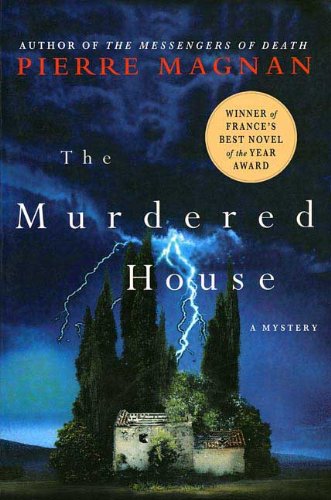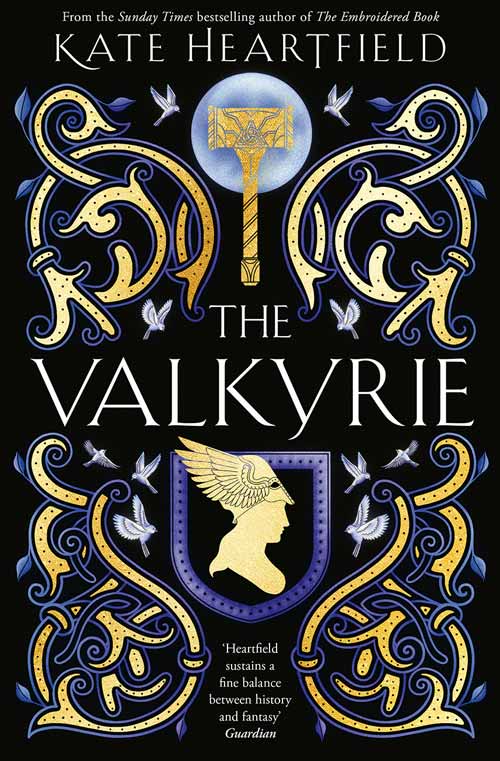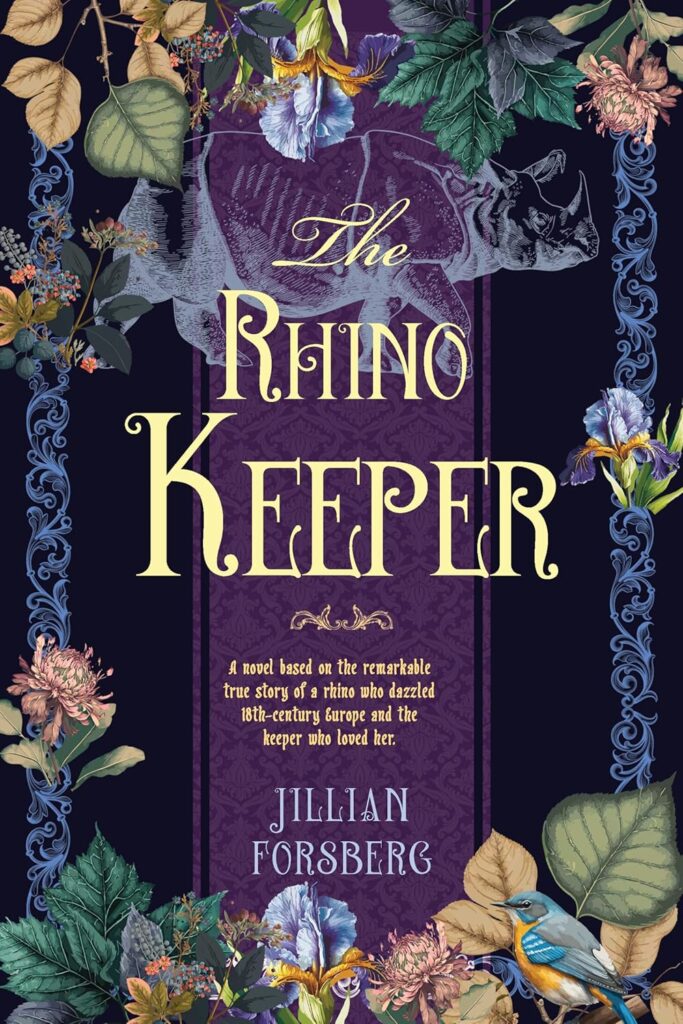The Murdered House
This dense novel bears the weight of tragedy, from the shocking murder of a family in remote upper Provence, France in 1896 to the deliberate destruction of the family home in 1920. Only an infant, Seraphim, is left alive. Returning to the family home in 1920 after the war, Seraphim Monge is determined to learn the truth of that night, the hulking, angel-faced survivor carrying only a rusted key to unlock the door of the past. Isolated in his pain and loneliness, Monge is oblivious to the romantic overtures of two beautiful village women, focused only on tearing down the place of his birth, brick by brick.
Frozen in time by his history, Seraphim is a tragic figure. Somber as the silent woods that surround the house, he knows no joy, seeks only those who remember the crime. But during his demolition, Monge discovers long-buried documents that reveal the real murderer. Obsessed with his mother’s final anguished moments, Seraphim’s mind turns to vengeance. Different characters speak the truth of the murders as they know it, including the deathbed confession of a skeletal monk who has kept his secret for too many years.
The prose is elegant, recalling the essence of Provence in the war years, the insularity of village life and the power of secrets, the novel rife with picturesque characters: Seraphim’s only friend, Patrice Dupin, a returning soldier whose face is horribly disfigured; the emaciated monk at death’s door; a wealthy neighbor who profits from the Monge’s tragedy, an enigmatic figure who follows Seraphim’s every move, death’s shadow. Like a Grimm’s fairy tale come to life, the truth buried beneath stories and suspicions, the message is clear, “Everyone has his own broken face.”










